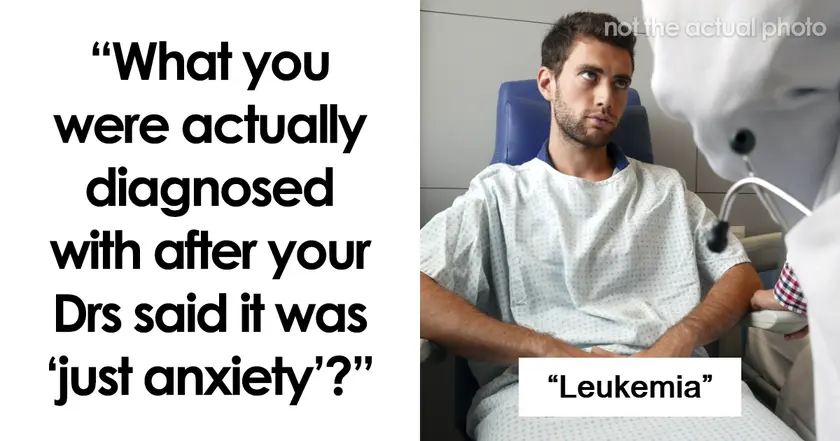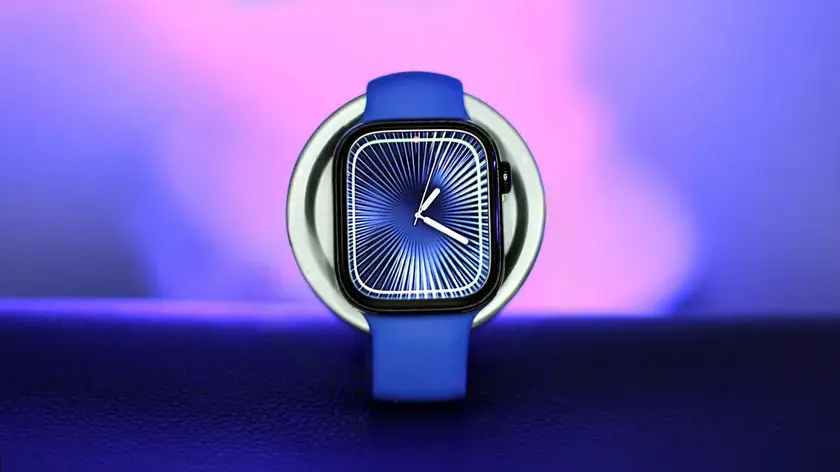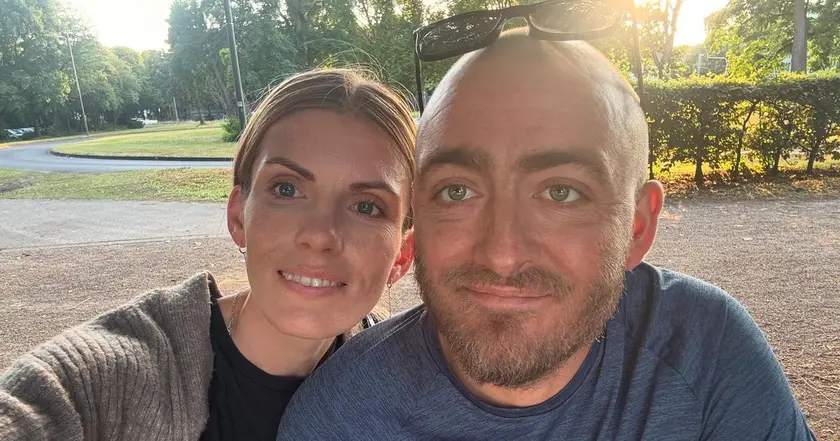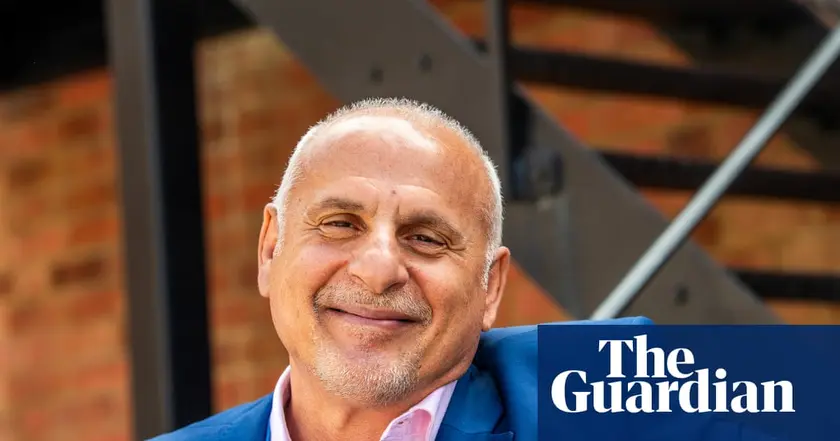T4K3.news
Apple Watch alert helps save life after brain tumour
After a year of grief, a wearable warning led to medical tests and a diagnosis.

A woman coping with multiple losses discovers a wearable alert that uncovers a hidden brain tumour and changes her recovery path.
Apple Watch alert helps save life after brain tumour
Sam Adams, 57, of East Sussex, faced a brutal period in 2020 with the deaths of her father and her dog, plus a broken marriage. She describes feeling overwhelmed and physically tired, but not convinced something serious was wrong until a notification from her Apple Watch pushed her to seek care. An ECG showed ectopic heartbeats, and a 24-hour heart monitor followed. Doctors later found a brain tumour during scans related to her ongoing investigations.
The tumour is likely benign but sits in a location that makes it inoperable. Sam now undergoes regular brain scans, takes medication, and has adjusted her life around health monitoring. She has channelled her experiences into coaching and breathwork, using the trauma as fuel for a new path, while remaining grateful for the early warning that technology provided.
Key Takeaways
"The watch rang a warning I never expected"
Sam on wearable alert changing her outlook
"Technology gave me a second chance I nearly missed"
Optimistic take on tech’s role in health
"Breathwork has changed how I handle stress and illness"
Sam’s recovery method
"I came back clearer, braver, and more connected to myself"
Return from recovery journey
This story illustrates how consumer wearables can prompt timely medical checks when stress and fatigue blur the line between everyday symptoms and something more serious. It also shows the limits of such signals: a low heart rate alert led to a cascade of tests that uncovered a brain tumour, yet the device cannot replace professional medical judgment. The case highlights a broader tension between personal agency in health and the anxiety that rapid data, never meant as medical diagnosis, can generate. Ultimately, technology acted as a trigger for care, but healing came through a combination of medical treatment, ongoing monitoring, and coping strategies like breathwork.
Highlights
- The watch rang a warning I never expected
- Technology gave me a second chance I nearly missed
- Breathwork has changed how I handle stress and illness
- I came back clearer, braver, and more connected to myself
Public reaction and privacy concerns surround wearable health alerts
The feature highlights how wearable devices can prompt medical action and shape personal narratives. It raises questions about medical interpretation of non-clinical data, potential anxiety from alerts, and privacy considerations around health data captured by consumer devices.
Health signals from devices are prompts, not diagnoses, and the human response matters most.
Enjoyed this? Let your friends know!
Related News

Medical gaslighting in focus

Brain patterns drive quick judgments

Upcoming Features Expected in Apple Watch Series 11

Eight warning signs anxiety slips into a disorder

Gav Melen's family seeks urgent funds

Andy Kalli shares his journey from addiction to recovery

Young stroke survivor becomes wrestling champion

Tom Rounds survives two heart attacks after car accident
